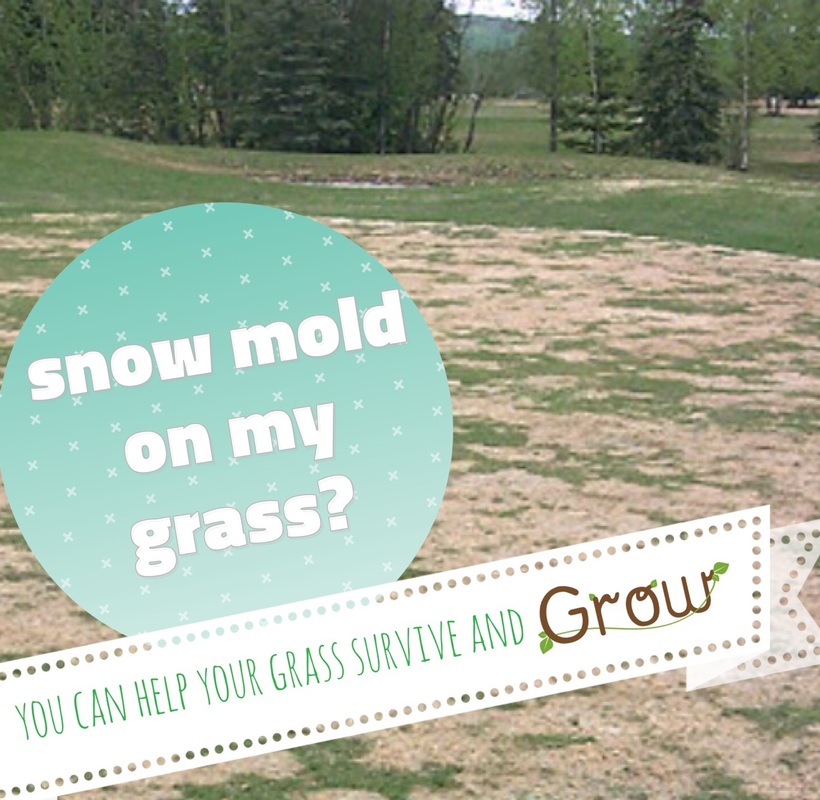Since the sun has not had a chance to dry out grass until now and grass may also have folded over on itself, it’s been difficult for air and light to circulate through your grass. These are likely spots where mold developed. The area might just have bare patches, or you may see white or gray fuzz.
At this point it’s still hard to tell if some or all of your grass may survive. There is no treatment or chemical to put on the mold to make this mold go away. The best thing you can do to help your grass survive is rake your yard to break up any matted grass and encourage air and light to penetrate. Anywhere you’ve piled up more snow is particularly where you’ll want to rake. Once you notice weeds start to pop up, that’s an indication that the ground temperature is warm enough for fertilizer. You can use a fertilizer to help your grass, and you’ll likely need to re-seed affected areas. If you have issues or concerns, give us a call at Gardenin’ Angels!
4 Comments
9/16/2022 09:39:09 am
Raking your yard will help your grass survive by breaking up any matted grass and allowing air and light to penetrate. You'll want to rake especially where you've piled up more snow.
Reply
5/21/2023 11:28:36 pm
Dear Garden in Angels,
Reply
5/25/2023 08:52:12 pm
I would like to express my appreciation for your informative article on helping grass recover from snow mold fungus. Dealing with snow mold can be a frustrating challenge for homeowners who take pride in maintaining a healthy and vibrant lawn.
Reply
5/30/2023 03:03:35 am
I came across your blog post titled "Moldy Lawn: Help Your Grass Recover from Snow Mold Fungus" and wanted to express my appreciation for the valuable information you provided. Dealing with snow mold fungus on the lawn can be a common issue, especially in colder climates, and your article offers helpful insights on how to address this problem.
Reply
Leave a Reply. |
Archives
February 2024
AuthorRodrigo Dos Anjos Categories
All
|
Gardenin' Angels, Landscape Management & Construction
A preferred landscaper, serving Southeastern Massachusetts
11 Renker Drive, Easton, MA 02375
774-284-1171
[email protected]
Privacy Policy • Terms of Use


 RSS Feed
RSS Feed